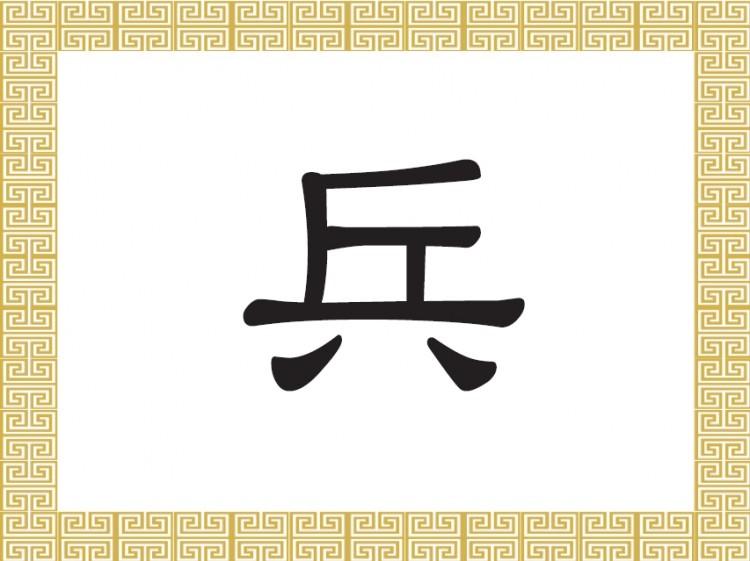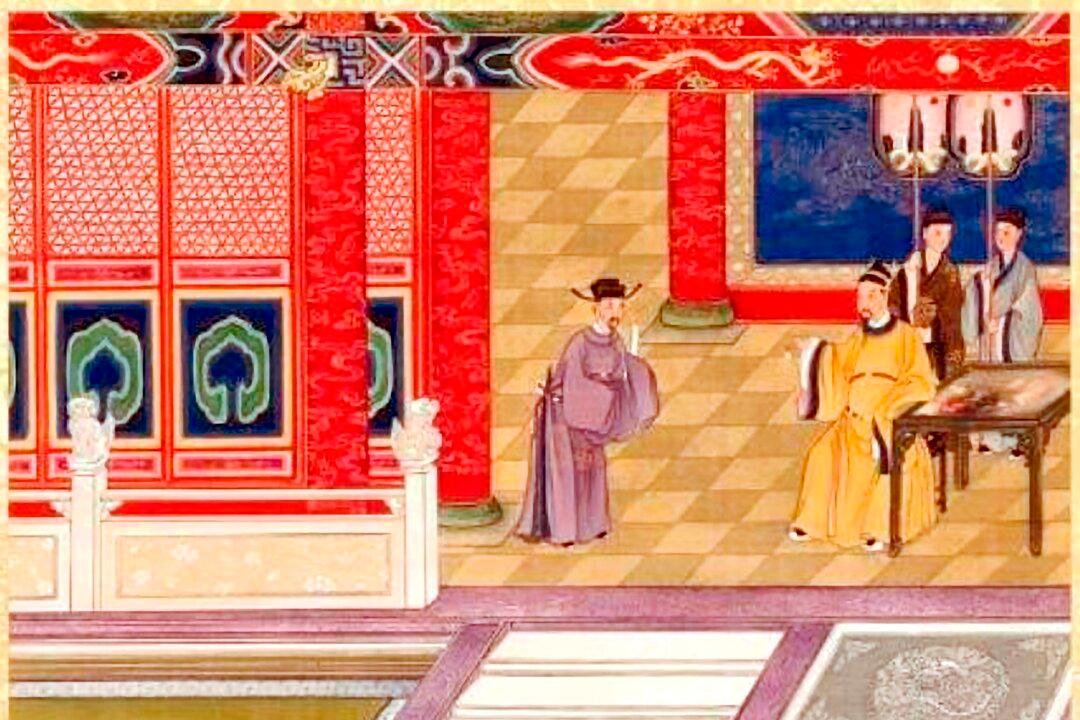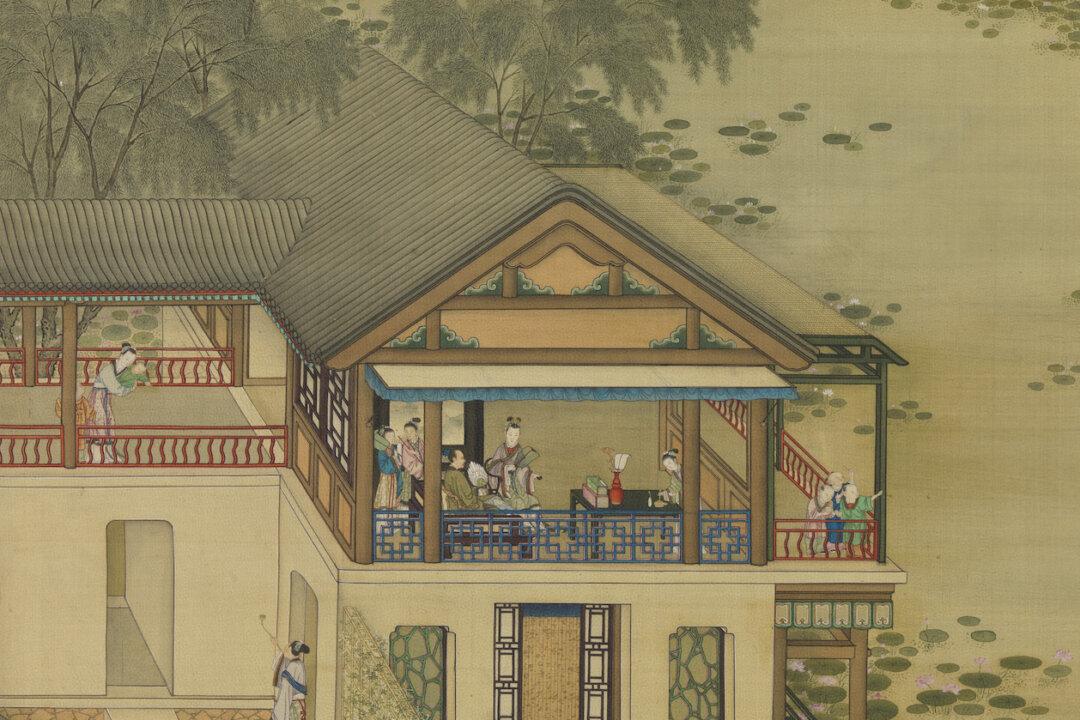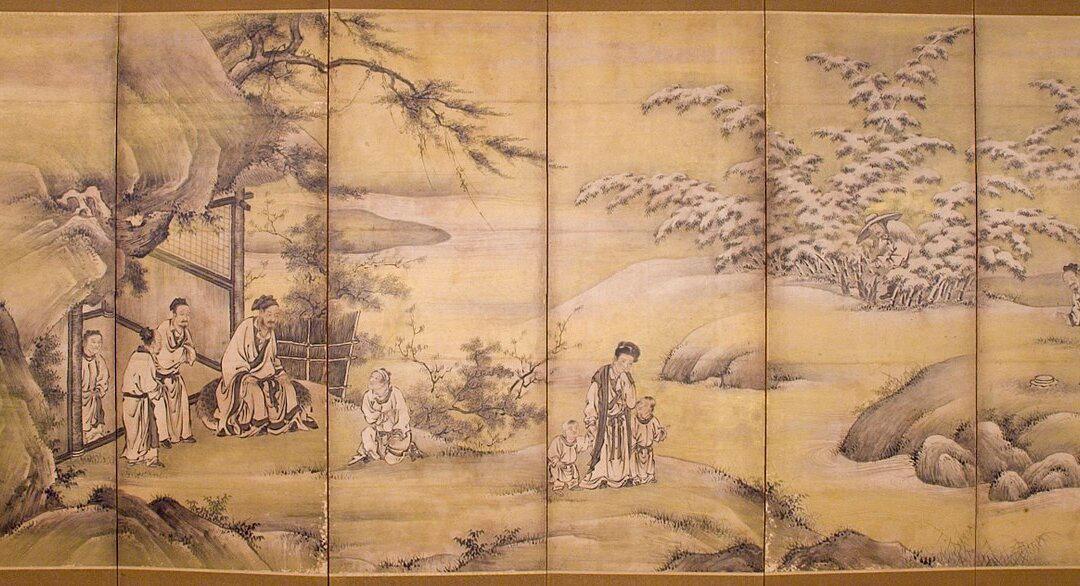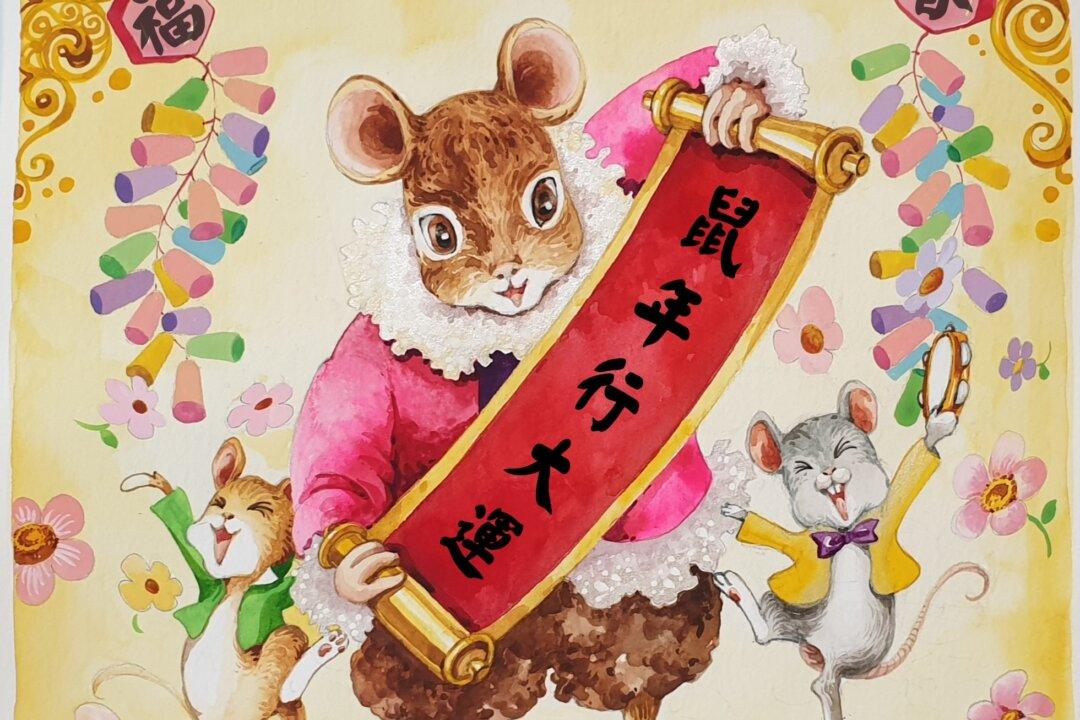The Chinese character 兵 (bīng) stands for soldier, the military, arms, or being related to war.
It is also the name of a chess piece in Chinese chess that is similar to the pawn in western chess.
The character 兵 depicts two hands holding an axe, with the radical for hands, 廾 (gǒng, gòng, or niàn), on the bottom and the radical for axe, 斤 (jīn), on top.
Some character combinations using 兵 include 精兵 (jīng bīng), elite troops; 兵力 (bīng lì), military strength; 兵船 (bīng chuán), a naval vessel; and 騎兵 (qí bīng), the cavalry.
兵法 (bīng fǎ) refers to military strategy and tactics.
It is also translated as the art of war, as in 孫子兵法 (sūn zi bīng fǎ), “The Art of War,” the famous military treatise by ancient Chinese military strategist Sun Zi (孫子), and in 孫臏兵法 (sūn bìn bīng fǎ), “Sun Bin’s Art of Warfare,” by Sun Bin (孫臏), an important supplementary text to Sun Zi’s classic.
The Epoch Times publishes in 35 countries and in 21 languages. Subscribe to our e-newsletter.
